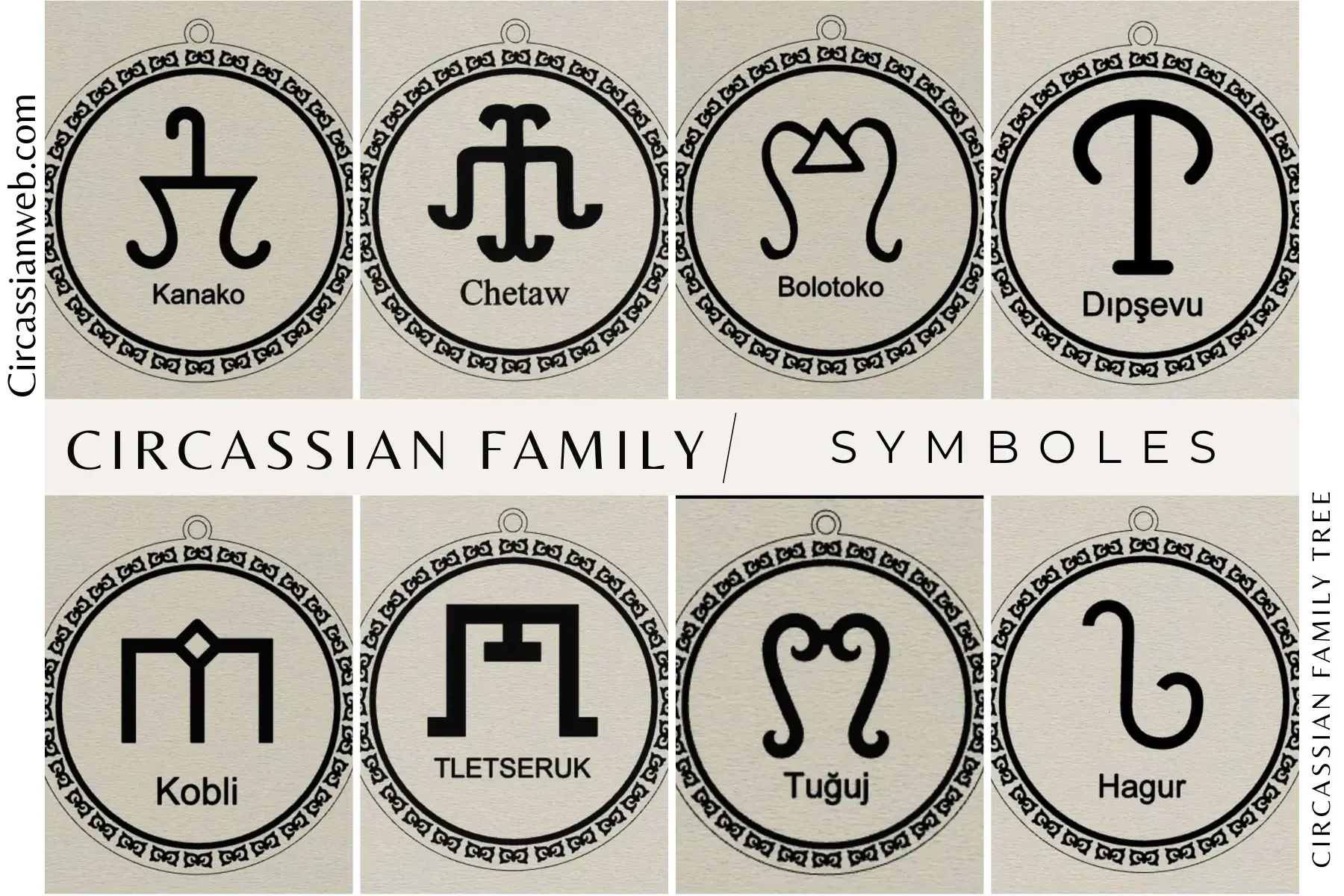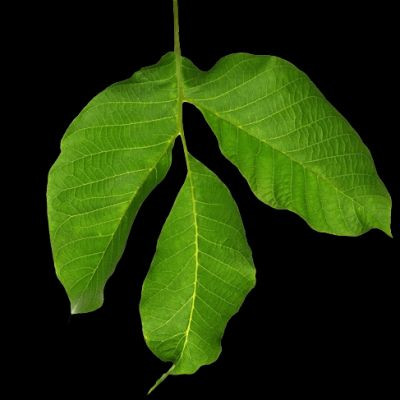May 21, 1864 - Circassian Genocide
Have you ever heard these words before?
Circassians, Forced immigration, Ethnic cleansing, Fourth biggest genocide in human history.
The Adyghe are the native people of the Northwest Caucasus, better known in history as Circassians (Cherkess) A nation that inhabited the Caucasus for the last three millennia. Faced several historic invasions by Allans, Sarmats, Huns, Avars, Tatars and recently … The Tsarist Russia.
The first imperialistic contact between the Circassians and the Russians took place at the turn of the 16th century. Russian imperial authorities reached an agreement with Kabardian Circassian princes to accept trade and military support against the mutual foe - The Tatars. This guaranteed a powerful ally against the expansionist Crimean tatars who were backed by the ottomans. Russian tsars, fearing the growing power of rival European empires, sought to secure Russia's position as the dominating power in Eastern Europe.
To do this, access to warm water ports was essential. The Black Sea was the most convenient target. In other words, this meant the land of Circassia. The beginning of the war was in the eastern part of Circassia. In 1763, on the left bank of the river Terek, the Mozdok fortress was founded. Since then armed clashes between Circassians and Russian troops began to take place constantly in Circassia.
To isolate the Circassians, in 1837-1839, the Russians established a fortified line on the Black Sea coast, and eventually placed the coast on a blockade. During the 101 years of war, Circassians tried to utilize both military and diplomatic means. In 1861, the Russian Tsar Nicolay II went to Circassia to personally negotiate with the local Majlis Government headed by Hatir Bey Tsay.
Russia never witnessed a similar precedent; a Tsar negotiating with the enemy was all but normal. The Circassian government sent envoys to all superpowers. The Ottoman Empire however took advantage of the Circassian crisis, while Great Britain remained neutral. On 24 March 1864, the last, and one of the most fierce battles on the Circassian front took place on the highlands of Krasnaya Polyana , near the Circassian town of Kwabida. Krasnaya Polyana , which means the red plateau, was named after the terrible bloodshed that took place during the battle.
On 21 May 1864, Russia declared the end of the Circassian –Russian war. After 101 years, and after paying a high price of lives on both sides Russia conquered Circassia. The Circassian losses didn’t stop by the end of the war. The Russian continuous policy of forced immigration and ethnic cleansing had been taking place for more than a decade. 90% of the total Circassian population were forced to leave their homeland.
The majority died from epidemics or drowned in exhausted Ottoman ships in the Black sea. Only 700 thousand Circassians live inside their homeland today. Circassians diaspora exists in tens of countries around the world.
The 21st of May each year has become the Circassian patriotic day. Mourning has become the instigation of renaissance, honour and a way to retrieve an effective role in humanity. A day for a genuine belief that there is no Caucasus without Circassians and there is no Circassians without the Caucasus.
This material was developed by the Circassian Youth Organization ( CYO) following members: Mastyrko Gushaw Qumoq Pshimaf Kem Tembot Jalouqa Blan Baj Bataraz Warq Mesha With special thanks to Dr. Kesht Ali See Less






















